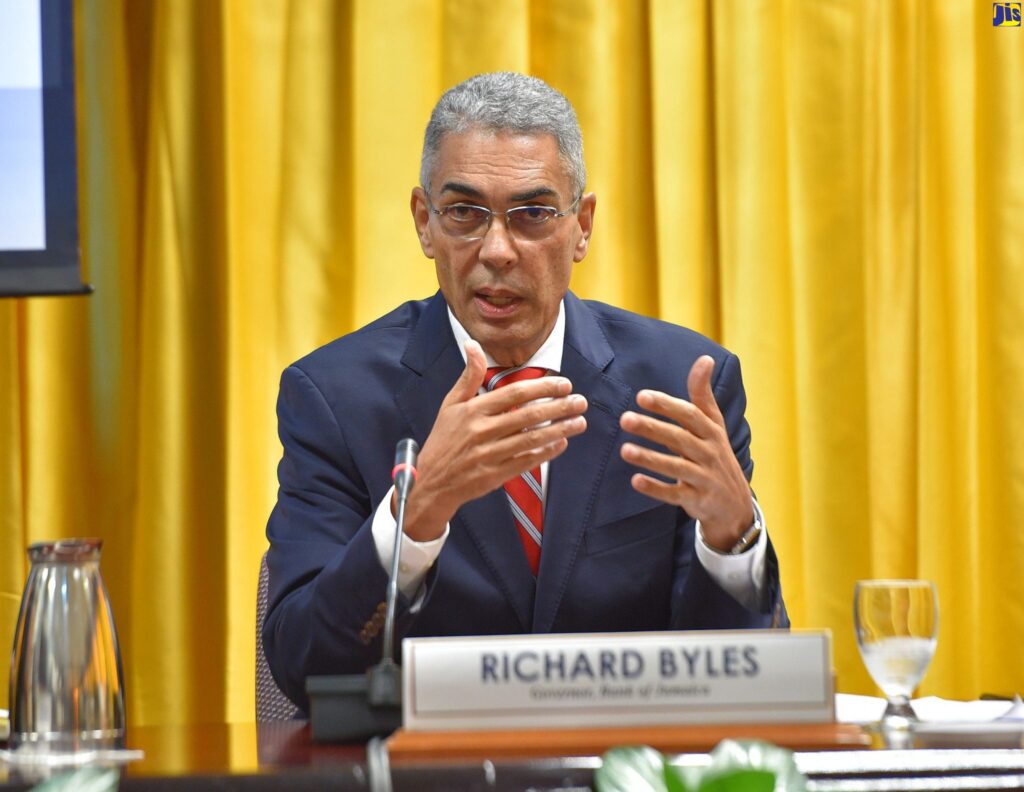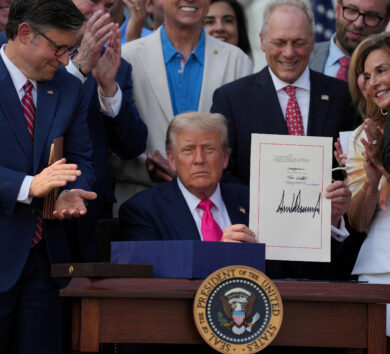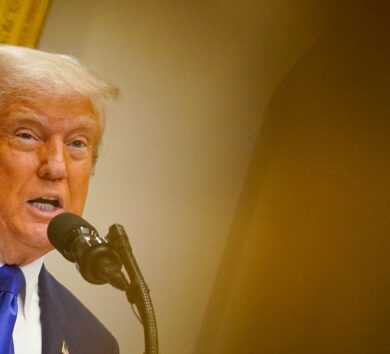
Latest projection is for a 10 to 12 per cent economic contraction
The Bank of Jamaica’s (BOJ) latest projection of the Jamaican economy is that the contraction for the current fiscal year will be far worse than previously anticipated.
The initial projection by the BOJ was that the contraction would be in the range of 7%-10% but the latest projection by the bank is for the contraction to be worse in the order of 10% -12%.
However, speaking at his quarterly new briefing on Thursday (November 19), BOJ Governor, Richard Byles was quick to point out that the worst is behind us with the June quarter contraction.

The contraction for June as reported by the Statistical Institute of Jamaica was 18% relative to the corresponding quarter in 2019. In spite of the projected worsening of the country’s economic contraction, Byles is projecting a partial rebound of about 3% growth, which he said will commence in FY2021/22.
Optimism of 8% recovery next year
Optimistically, the BOJ Governor is anticipating that the growth could possibly be as high as eight per cent if there is a strong recovery in tourism. “However, the Jamaican economy is not expected to return to pre-COVID-19 levels before at least FY2022/23,” Byles told business journalists at the quarterly news briefing.
He stressed that despite the fallout in economic activity, the financial system has remained resilient throughout the pandemic. “Our regular assessment of deposit taking institutions’ (DTIs) balance sheets indicates that they are more than adequately capitalized and in compliance with prudent liquidity standards,” the BOJ Governor declared.
Loan quality for the system, while naturally showing a small deterioration remains well below the danger threshold. Specifically, the ratio of non-performing loans to total loans increased to 2.8 per cent in September 2020 compared with 2.4 per cent in September 2019. This is well below the benchmark of 10 per cent.
At the same time, DTIs’ provisioning remains sufficient to withstand credit losses. The BOJ Governor stated that the bank will continue to closely monitor the trends in loan quality given the heightened risks.

As it relates to our external accounts and notwithstanding the fallout in tourism flows, the BOJ expects that the current account deficit of the balance of payments will remain at sustainable levels of two to four per cent of GDP over the next two years. This is better than previously expected, supported by stronger than expected remittance inflows, a dramatic fall in imports as well as lower levels of private capital outflows.
COVID-19 impact on economy
As such, Jamaica’s reserves remain healthy with net international reserves at end-October amounting to approximately US$2.9 billion. Governor Byles noted that the macroeconomic indicators and forecasts presented today reveal that the COVID-19 pandemic continues to have a deep impact on the Jamaica economy.
This has been aggravated by recent weather conditions, which will have an adverse effect on our near-term outlook for the economy and temporarily contribute to higher inflation. However, the BOJ will continue to maintain its accommodative posture in an effort to limit the adverse impact of these shocks on the Jamaican economy and support a sustainable economic recovery.
According to Byles, “notwithstanding these circumstances, the capitalization and liquidity levels of the DTI’s are satisfying, the current account deficit remains modest and the NIR strong. The Bank will focus on maintaining inflation within the target range of four to per cent and stands ready to deploy additional measures, where appropriate to ensure the continued smooth flow of liquidity in the financial system.”

In the meantime, the BOJ warns of a possible breach in the upper six per cent limited of its inflation target for the December 2020 and March 2021quarters. The BOJ Governor reported that consumer prices will rise over the next three quarters.
For the current December 2020 quarter, inflation is projected at 5.5% – 6.5%, exceeding the Central Bank’s target of 4%-6% this fiscal year with the target being breached even further in the March 2021 quarter which is estimated to come out at 6.0% – 7.0%.







Comments